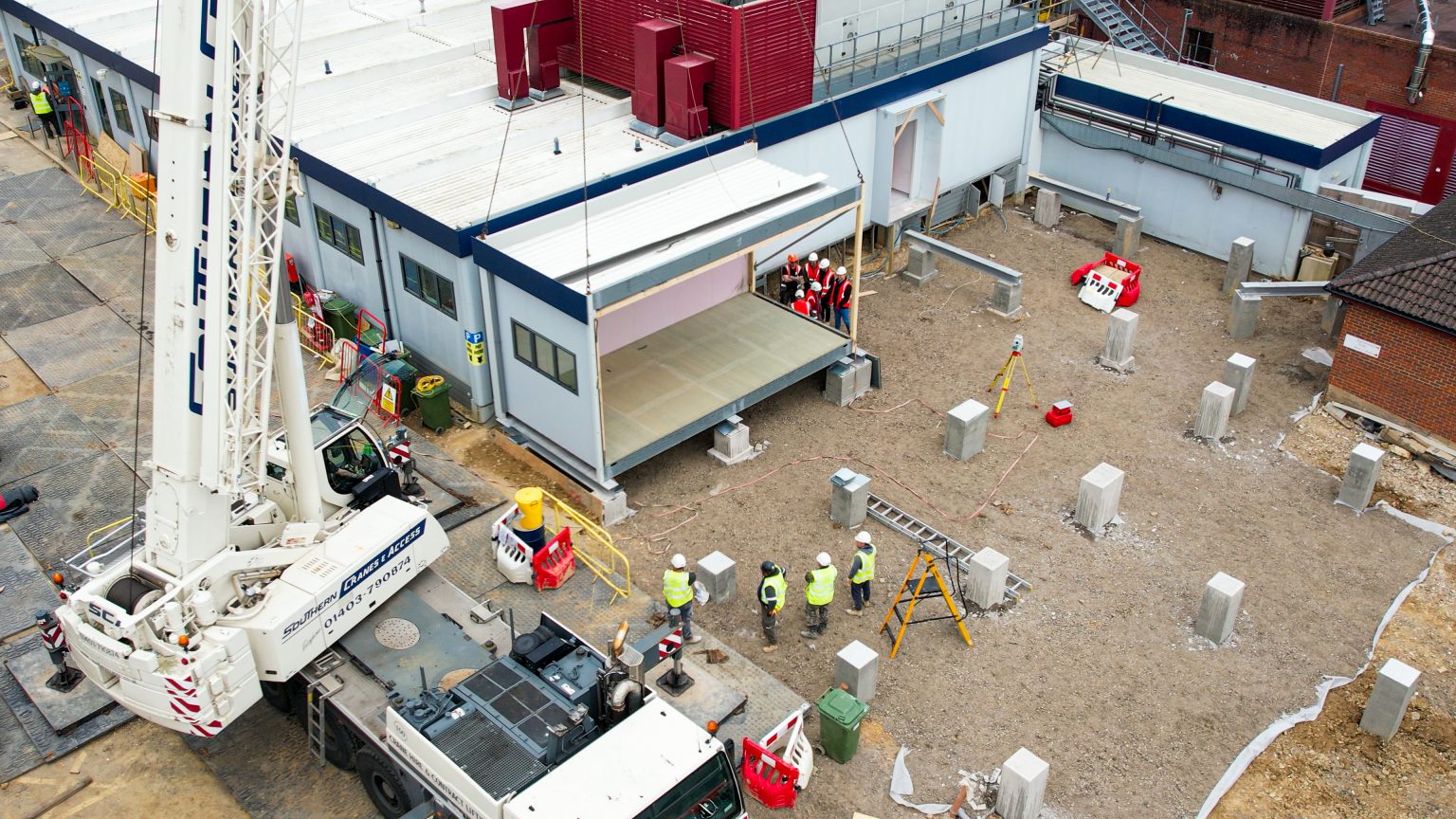Our Major Projects Framework partner, Willmott Dixon shares what you can expect from The Building Safety Act as intends to make homes safer, by giving residents and homeowners more rights, powers, and protections.
It also provides more protections for residents. End users, for instance, can demand legal action against contractors who have been found to have not complied with the Building Regulations or have delivered poor workmanship.
Graeme Whitty, director of Willmott Dixon's National Product Team, discusses how best to navigate the Building Safety Act:
The Building Safety Act introduced standardised safety regulations with a particular focus on fire safety in high-rise residential buildings, with breaches punishable by legal action. It also provides more protections for residents. The scope covers all aspects of Building Regulations from ventilation and soundproofing to summer overheating.
Also, where previously similar grievances could generate legal action solely between the customer and the contractor, now the route through legal recourse is open to more parties. End users for instance, can demand legal action against contractors who have been found to have not complied with the Building Regulations or have delivered poor workmanship.
Who’s monitoring who? To ensure compliance, the Act requires the use of third-party government appointed Building Control professionals to review the design and survey the building throughout key gateways - before, during and at completion of the construction process.
What does this mean for a construction company’s customers?
The Building Safety Act could bring additional cost and risk for three reasons:
- Firstly, it controls changes in materials to be added after the preconstruction submission and planning approval by requiring changes to be approved by the Regulator before being implemented. Should a project run behind or face delays due to availability, efficiencies may not be found with quick replacement materials - there will be time and costs involved with engaging with the Regulator for approvals.
- Secondly, increasing scrutiny and regulation on supply chain partners could cause some subcontractors to be more selective on pricing projects owing to a rise in corporate insurance costs and obtaining recognised competency certifications.
- Finally, and perhaps most immediately impactful for the customer – the new Building Safety Act’s use of an appointed national regulating officer (akin to Health & Safety officials with expanded remit) places responsibilities with the customer at all Gateway stages. This will impact on existing procurement routes and require more detailed design to be undertaken earlier in the project timeline than is the current norm. The input of a construction partner at Gateway 2 will be required.
How is Willmott Dixon addressing this?
For over a decade, Willmott Dixon has built a series of “best case example” guides for every common element of construction – from high level view project management down to the best way to install a specific detail like a cavity barrier or fire door.
Part of Willmott Dixon’s supply chain partner onboarding process is ensuring their supply chain download and follow the guide. Also, by using the latest site-capture technology, they continuously log and archive the materials and methods used in its construction – effectively creating a building material audit-trail, ready for regulators. Willmott Dixon has worked hard to cost this in already with existing projects, so customers don’t face sudden changes to pricing or contracts. This is the way they operate on all projects large or small.
Similarly, standardisation of industry process has long been a priority for Willmott Dixon. Their internal guides, plus their participation in pan-industry initiatives like the Passive Fire Knowledge Group, (a coalition designed to encourage knowledge sharing of fire safety building methodologies), underline their commitment to lead in applying real actions to the driving ethos of ‘building on better’.
Recommendation to Customers
The Building Safety Act will lead to cost increases for construction work as it requires more detail than ever in terms of design, performance and evidencing. Willmott Dixon focus has seen to mitigate these changes by making them standard operating procedures, so they have little impact on customers’ project costs.
Where it could be different however, is the planning stage for customers. With regulators involved at an earlier stage, and decisions at planning becoming harder to change (without considerable cost) later in the project, its recommended that customers partner early with a construction company to drive best value and compliance into the initial design. This would involve committing to solutions and products earlier and starting construction with a completed design which reduces on-site risks and potential delays.
The use of a good framework is important - these will offer all the advantages of a fully regulated, compliant and rapid planning process whilst also allowing for elements of competition and flexibility where necessary too.
Our Frameworks and Dynamic Purchasing Systems (DPS) offer all the advantages of a fully regulated, compliant and rapid planning process whilst also allowing for elements of competition and flexibility where necessary too.
If you have questions about the Building Safety Act, get in touch here.
To find out more about a quick, easy and compliant route to market through our Major Projects Framework, click here.

